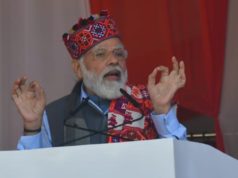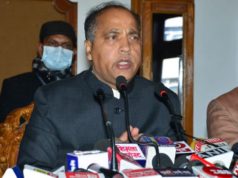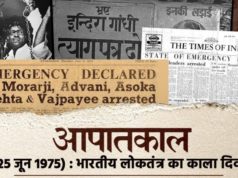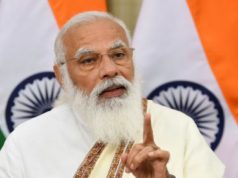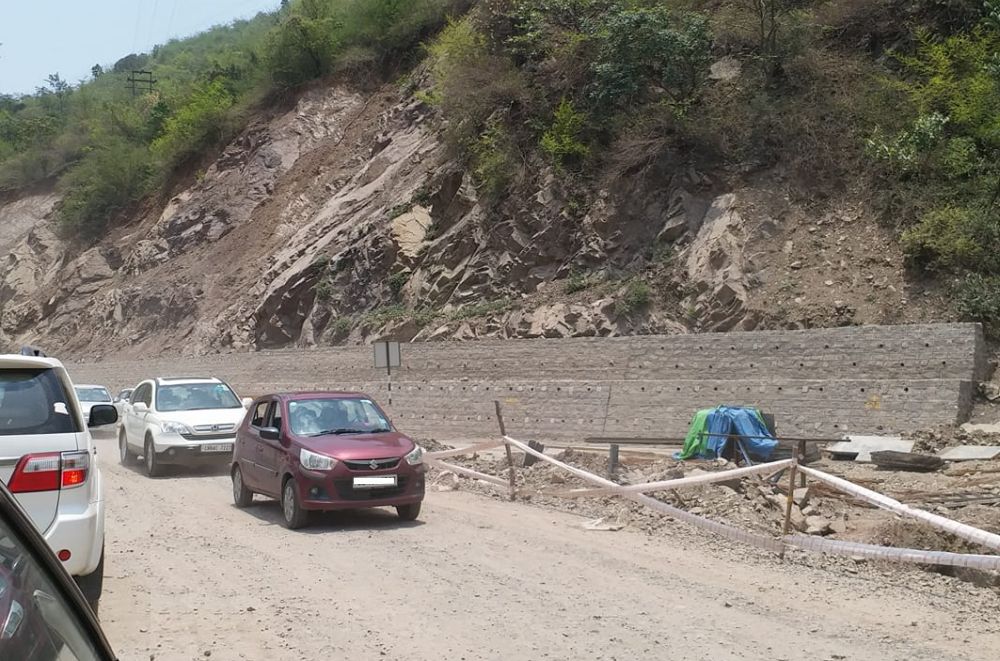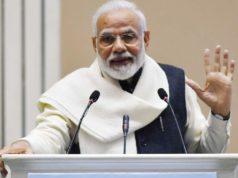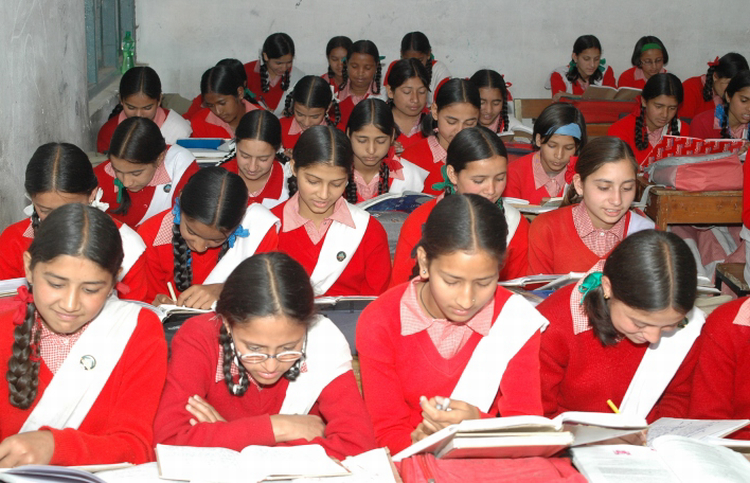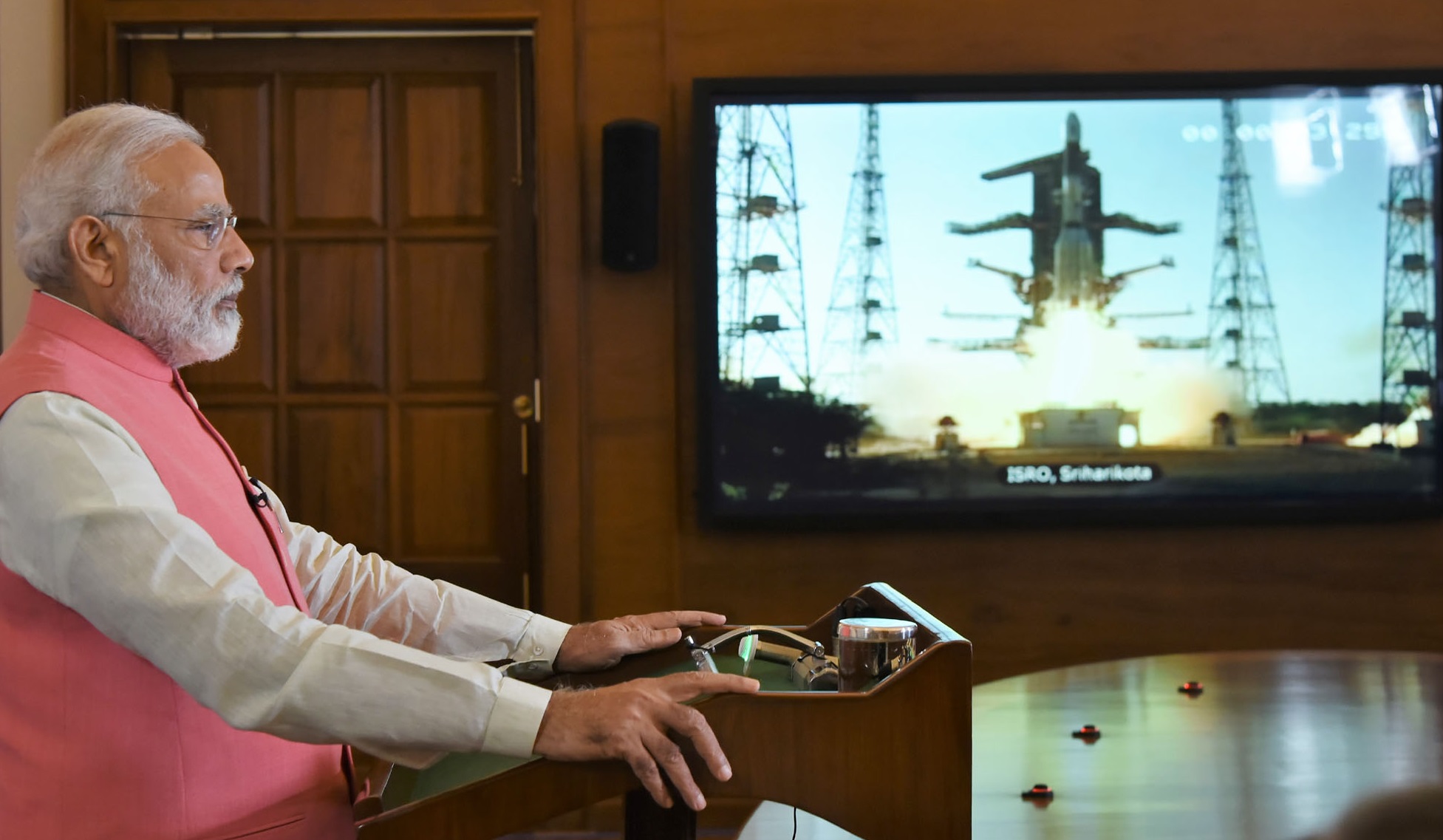
India’s successful launch of the first-ever South Asia Satellite (SAS) to boost communication and improve disaster links among its six neighbours has “opened up new horizons of engagement” in the region and helped it carve a unique place for itself in space diplomacy.
Projecting the 2,230-kg communication spacecraft as India’s “priceless gift” to its neighbours, Prime Minister Modi said the “unprecedented” development sends out a message that “even sky is not the limit when it comes to regional cooperation”.
Built by the Indian Space Research Organisation (ISRO) and funded entirely by India, the Geostationary Communication Satellite-9 (GSAT-9) was launched on board GSLV-F09 rocket from the Sriharikota spaceport, off the coast of Andhra Pradesh, on May 5.
Termed India’s technology largesse from the sky to the peoples of the region, the satellite will prove to be a boon in the entire region’s progress. It is also expected to cement bonds among Afghanistan, Bangladesh, Bhutan, India, the Maldives, Nepal and Sri Lanka.
The successful launch by ISRO was celebrated jointly through a video conference by Narender Modi, Afghan President Ashraf Ghani, Bangladesh Prime Minister Sheikh Hasina, Bhutanese Prime Minister Thering Tobgay, Maldivian President Abdulla Yameen, Nepalese Prime Minister Pushpa Kamal Dahal and Sri Lankan President Maithripala Srisena.
Pakistan is not a part of the project as it had refused to accept India’s “invaluable gift”, proposed by Modi soon after he became the Prime Minister in 2014. The initial proposal to name it as “SAARC Satellite” was changed to South Asia Satellite following Pakistan’s refusal. The satellite’s footprint, extending all over South Asia, is for use by neighbours.
The 2,230-kg communication spacecraft, with a mission life of 12 years, will support effective communication, broadcasting and Internet services in a region that is geographically challenging, economically lagging with limited technological resources.
The SAS or GSAT-9 is a geosynchronous communications and meteorology satellite. It will provide significant capability to each of the participating countries in terms of DTH (direct-to-home), besides linking the countries for disaster information transfer. It will help them in better governance, better banking and education in remote areas, more predictable weather forecasting and efficient natural resource mapping, linking people with top-end medical services through telemedicine and quick response to natural disasters. Its benefits also include deeper IT connectivity and fostering people-to-people contact.
The satellite has 12 Ku band transponders which the six nations can utilise to increase communications. Each South Asian country will get access to one transponder through which it will be able to beam its own programming, besides common “South Asian programming”. The countries will have to develop their own ground infrastructure. India is willing to extend assistance and knowhow.
The project cost India nearly RS 450 crore, with the satellite itself costing Rs 235 crore. This was GSLV’s 11th launch. The SAS is orbiting the Earth in its Geosynchronus Transfer Orbit (GTO). In the coming days, the satellite orbit will be raised to the final circular Geostationary Orbit (GSO) by firing the satellite’s Liquid Apogee Motor (LAM) in stages. It will be commissioned into service after the completion of orbit-raising operations and the satellite’s positioning in its designated slot in the GSO following in-orbit testing of its payloads.


